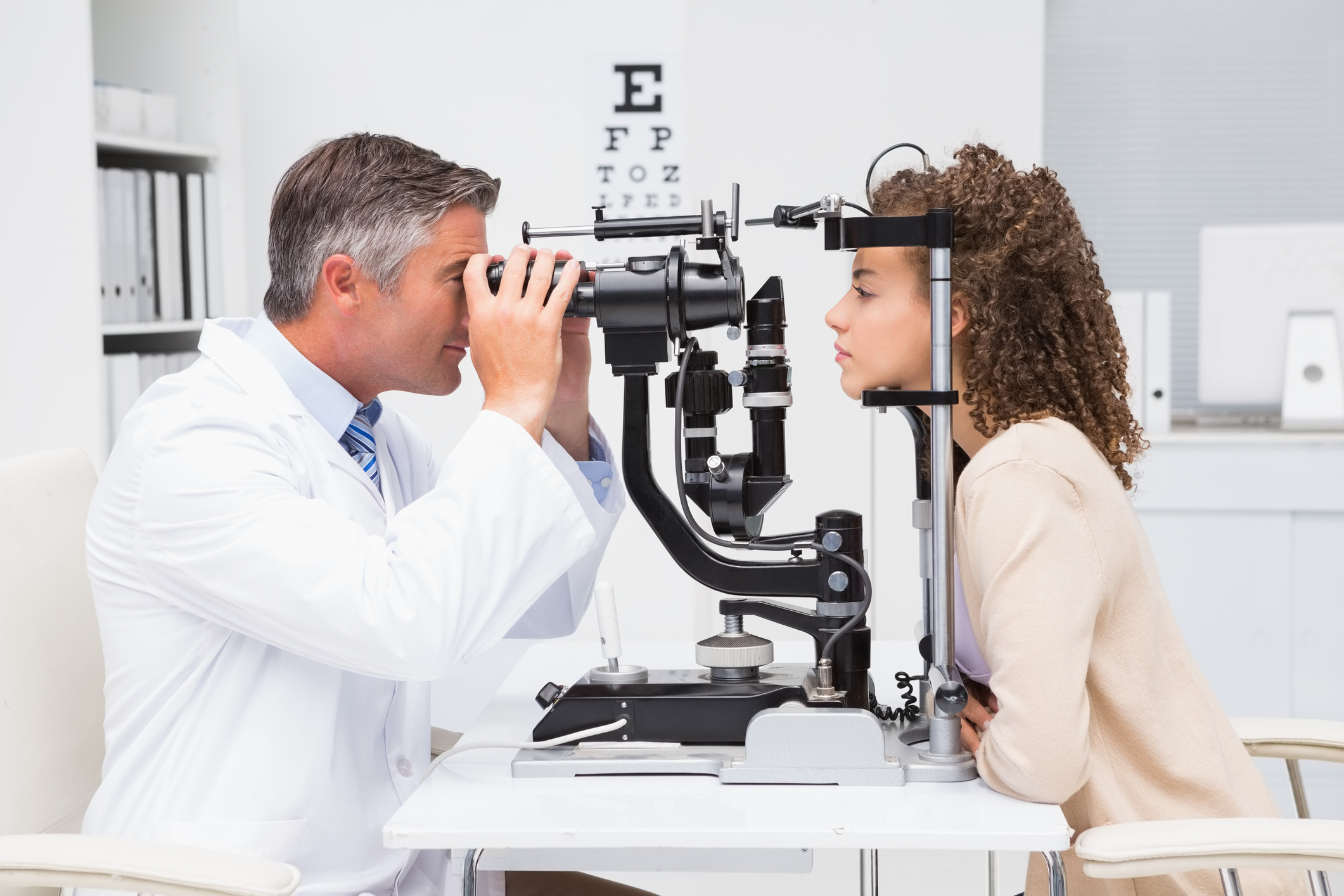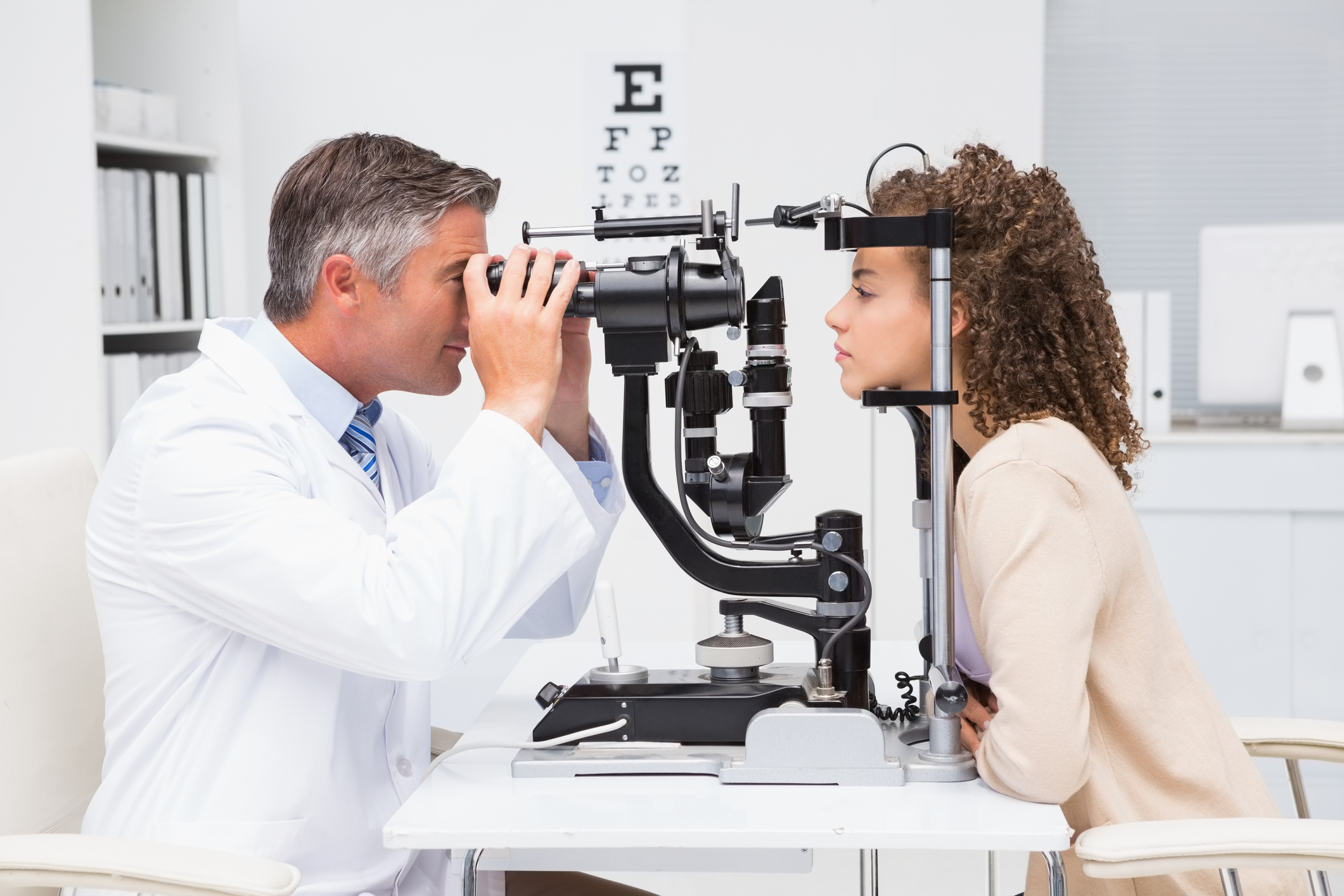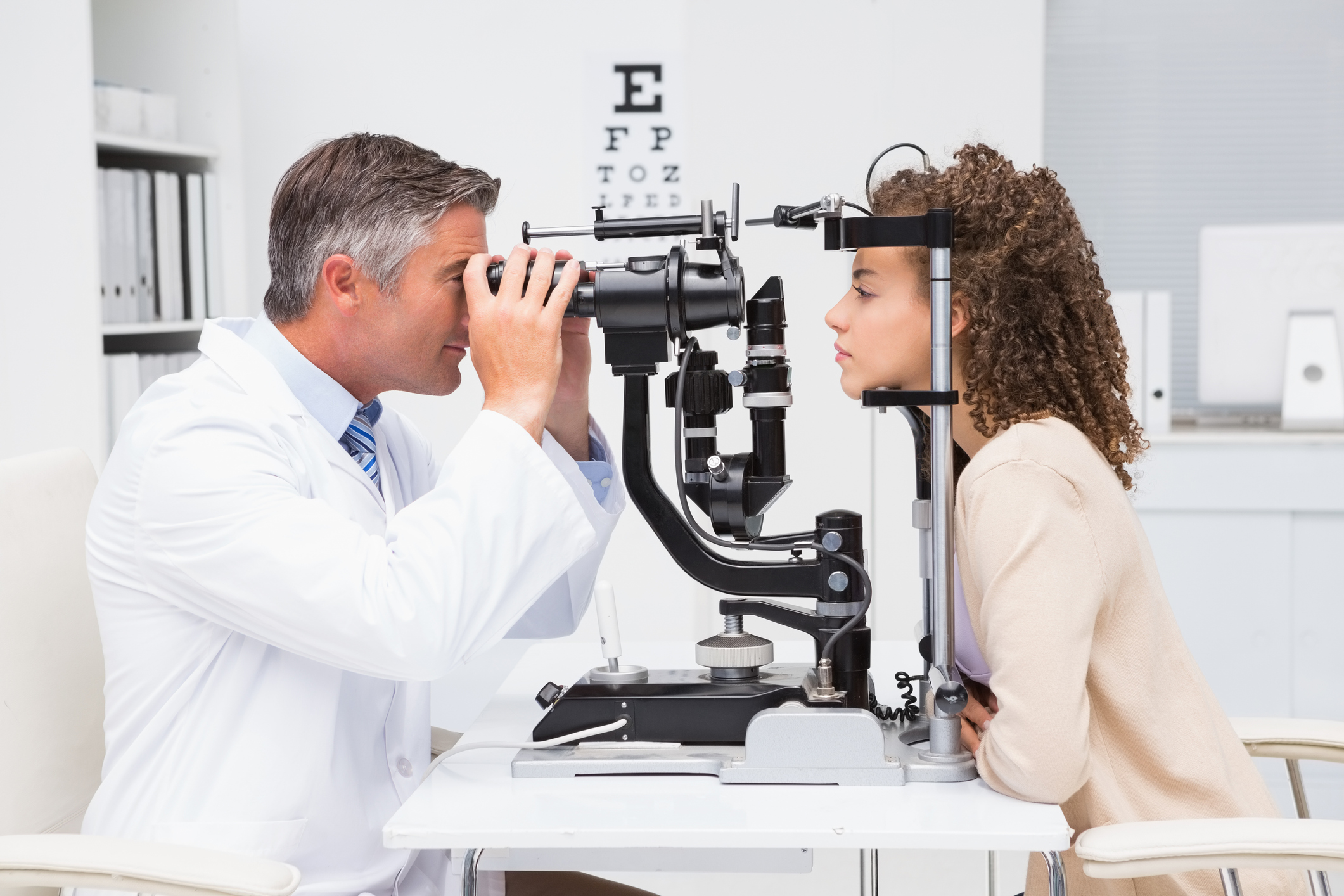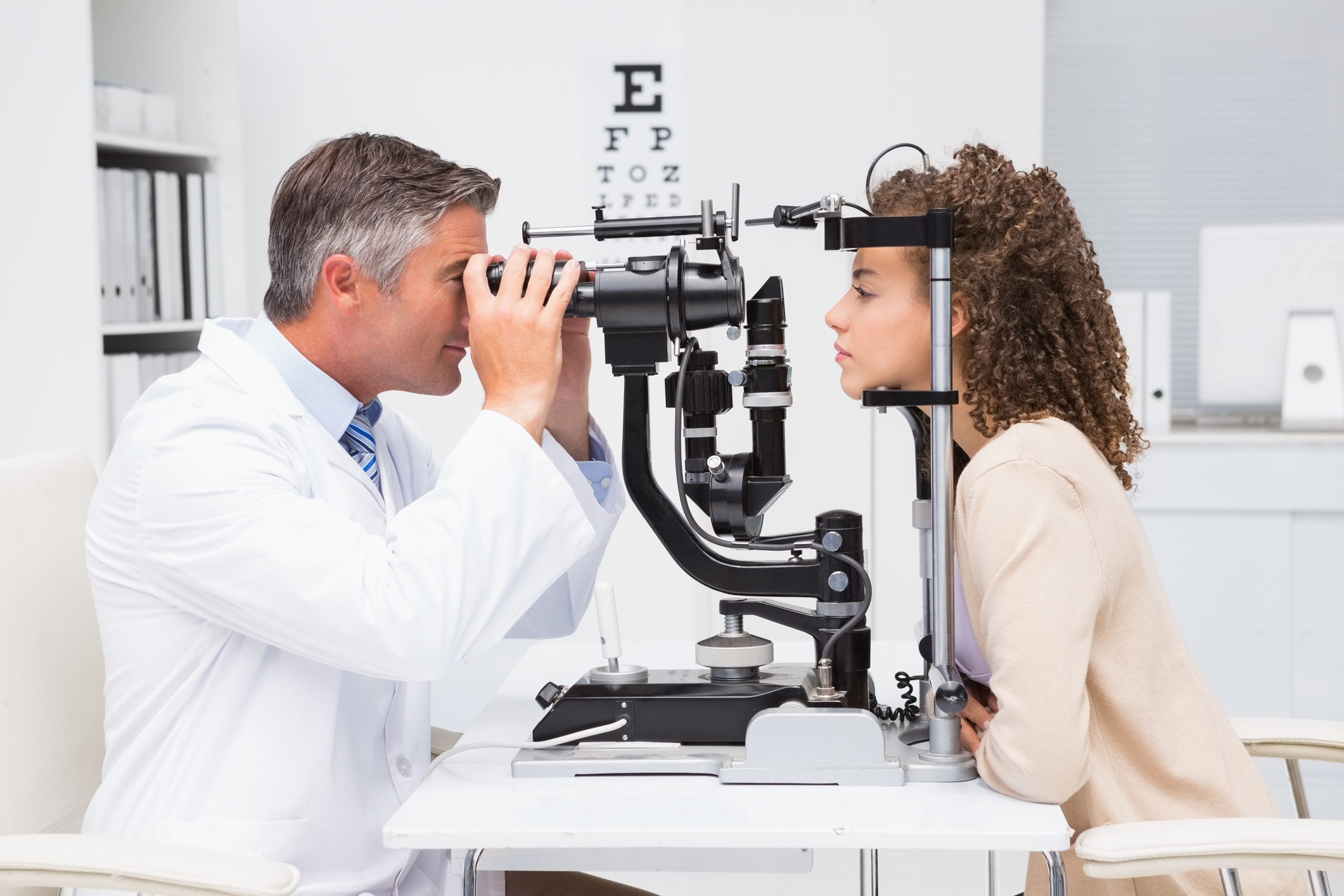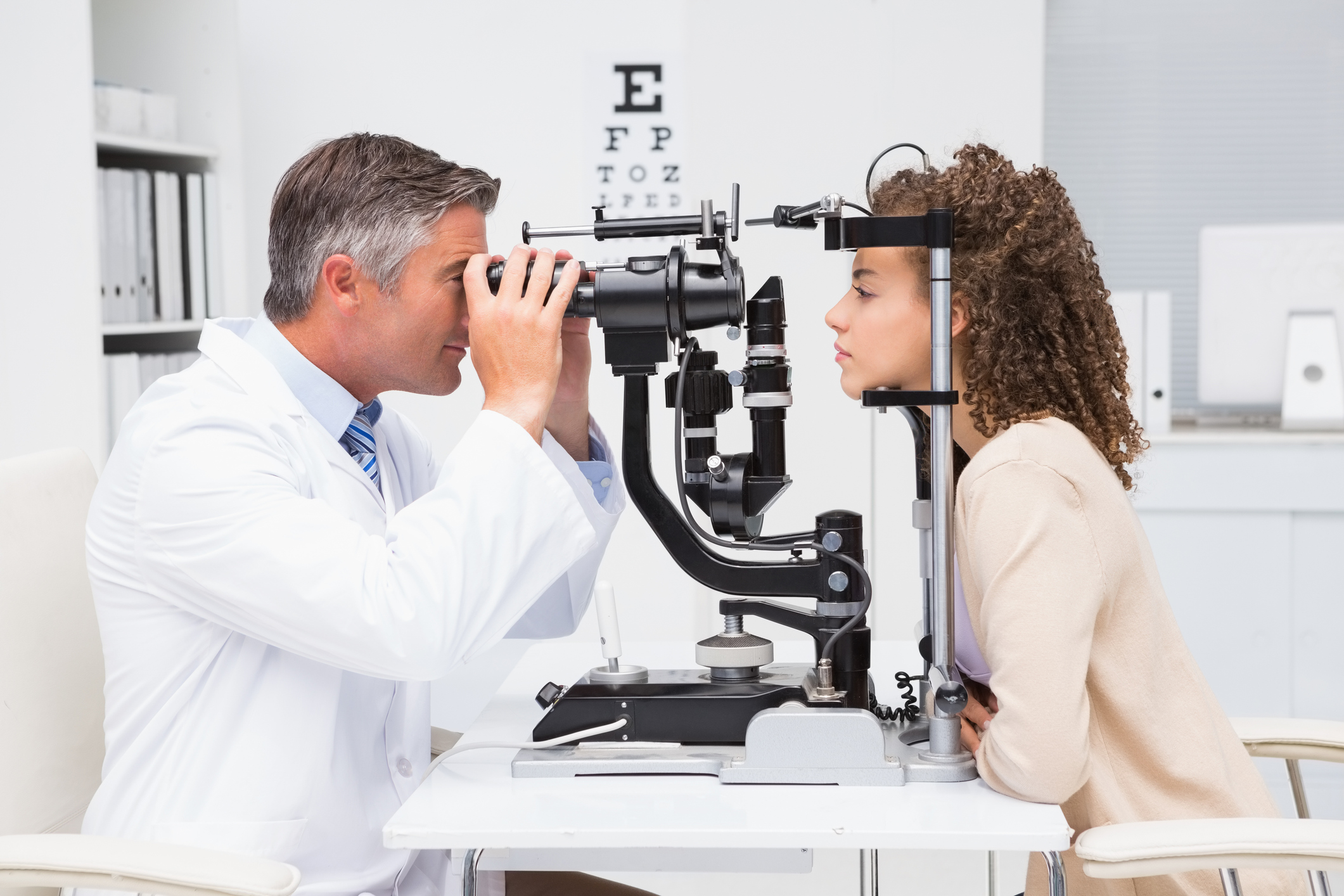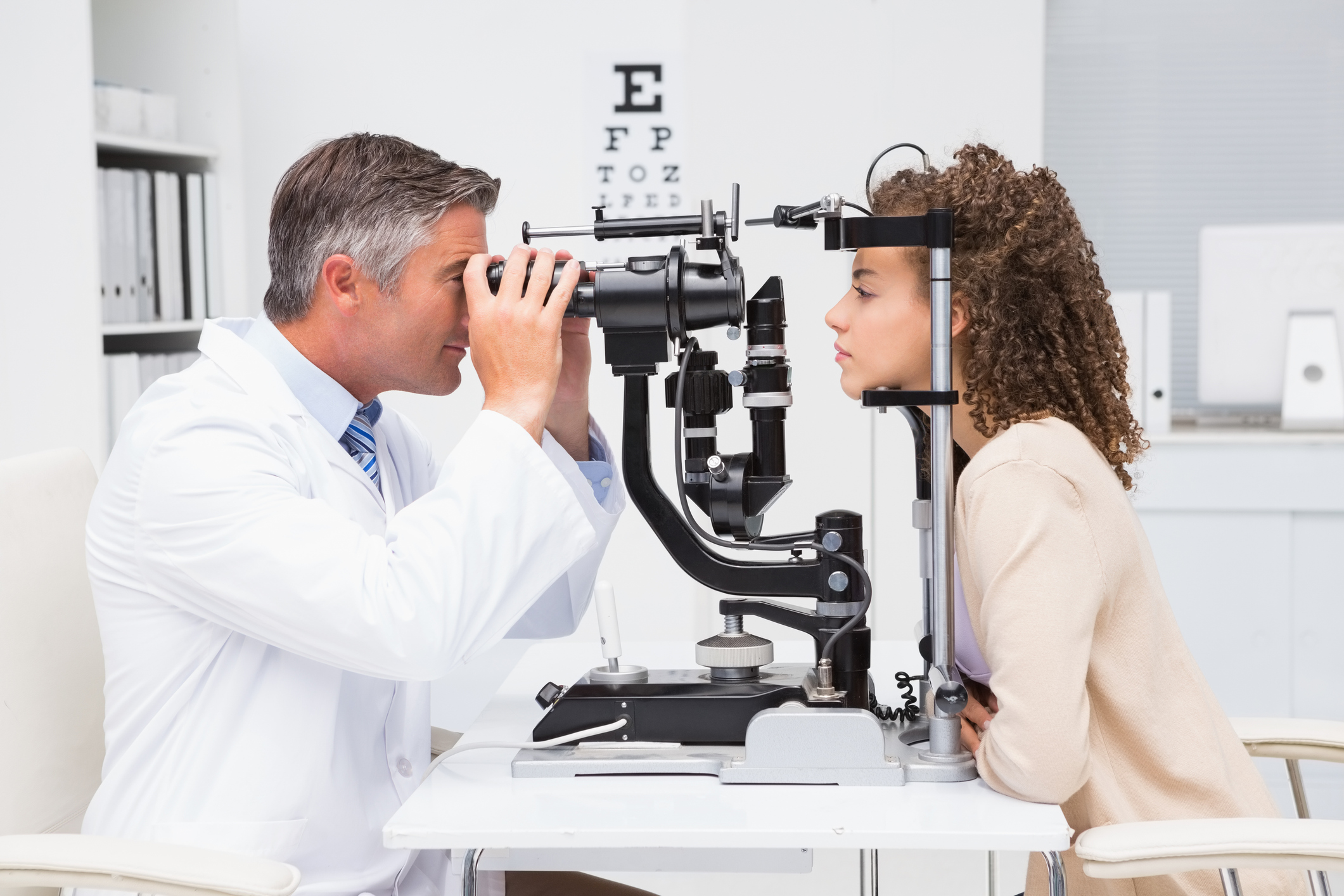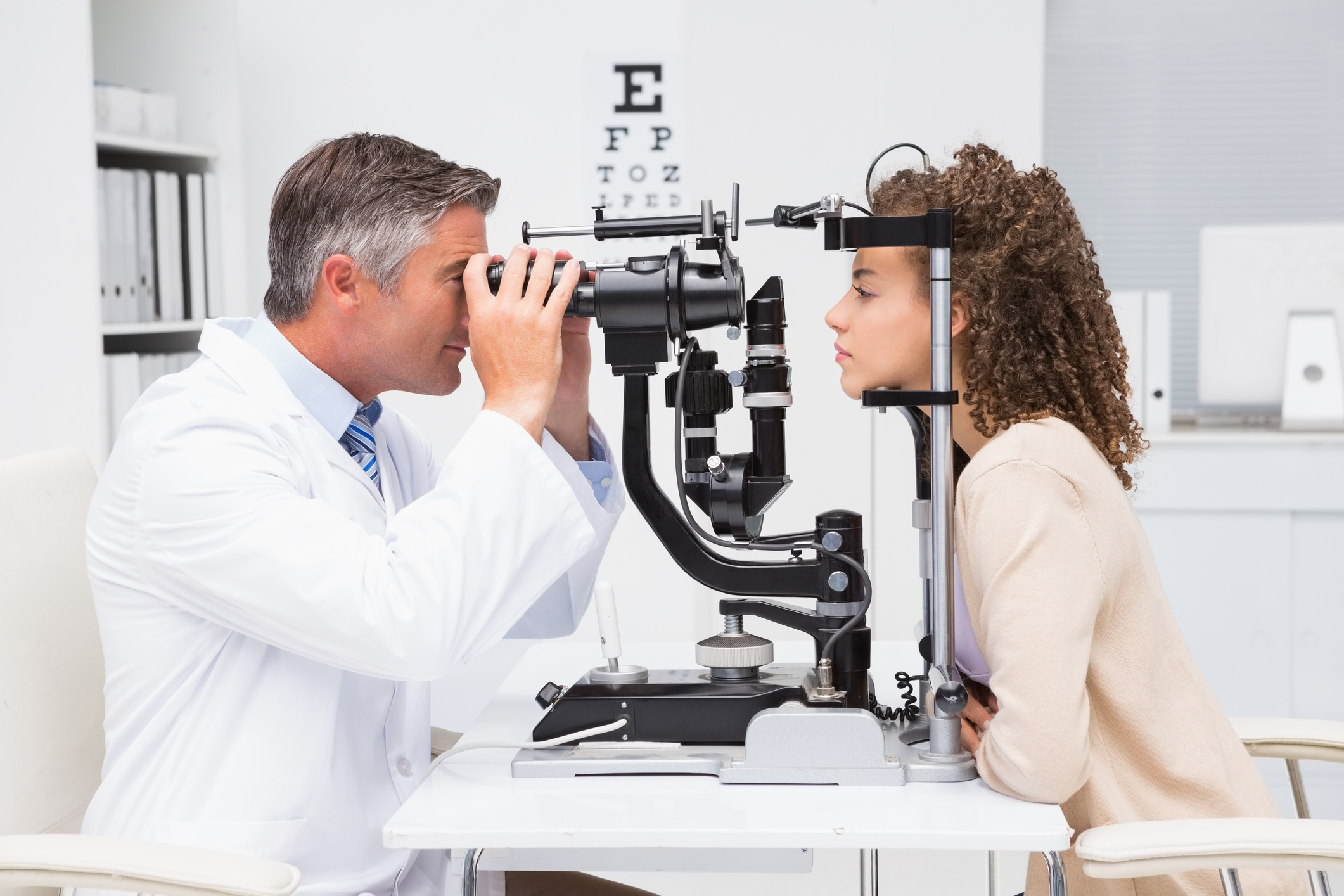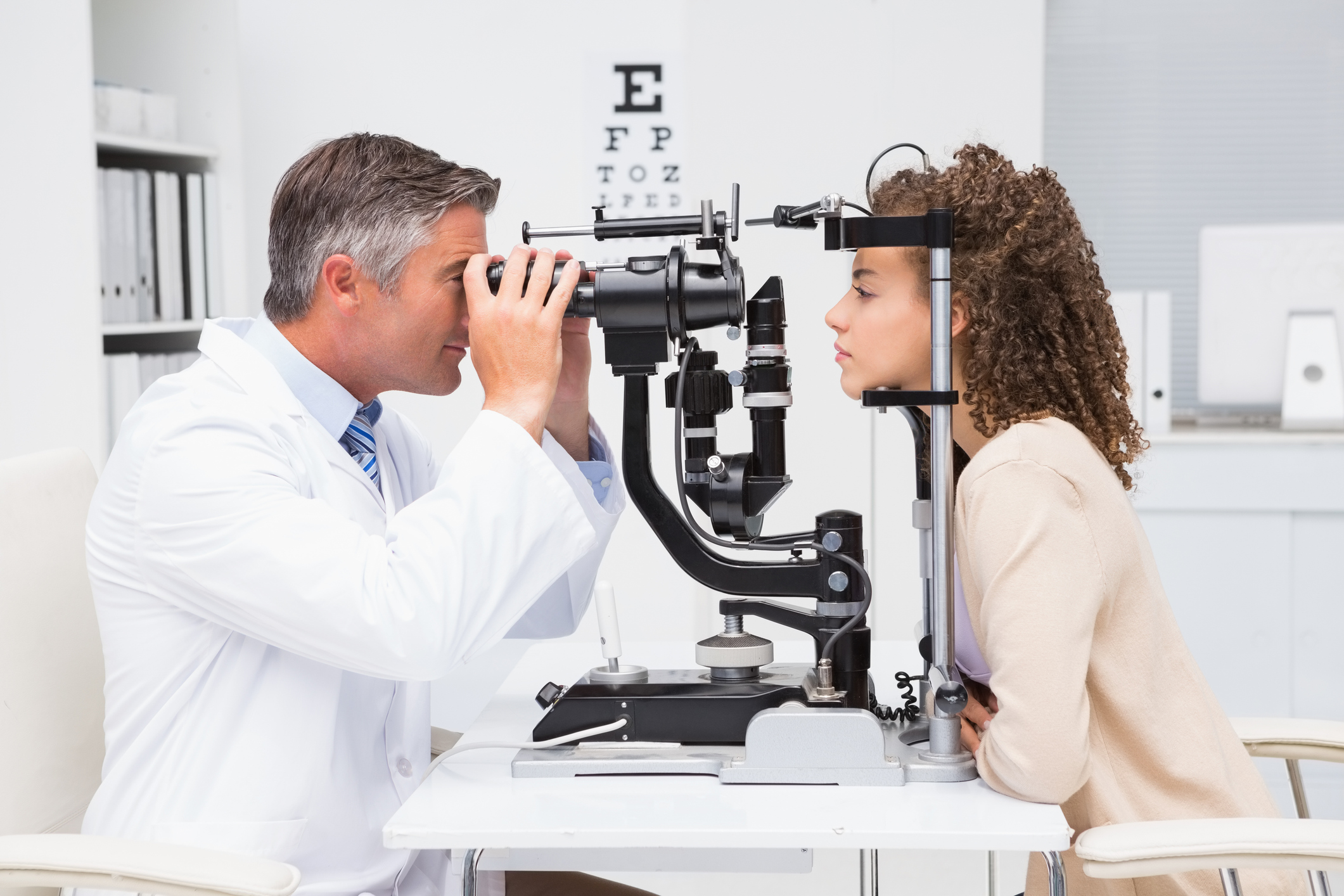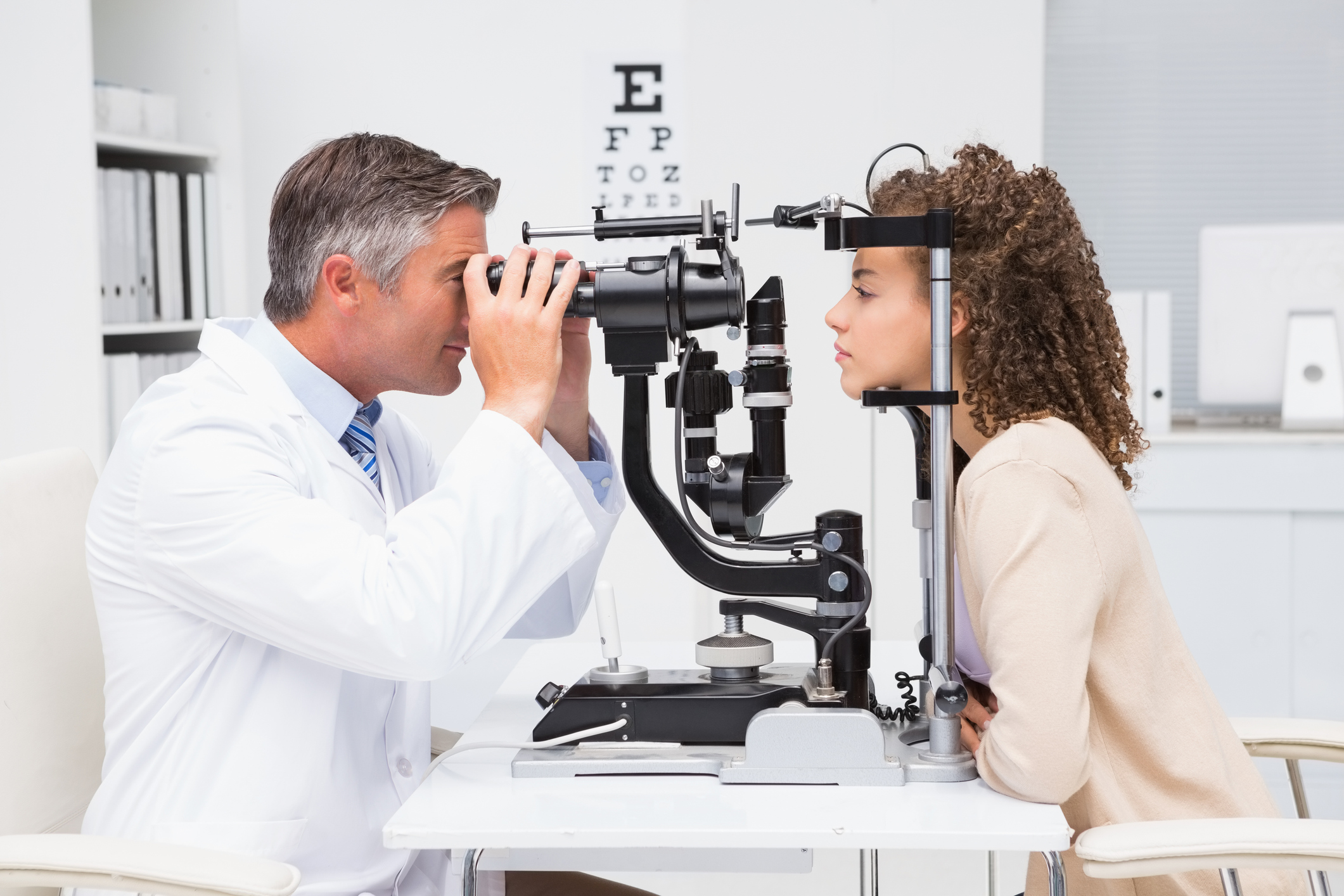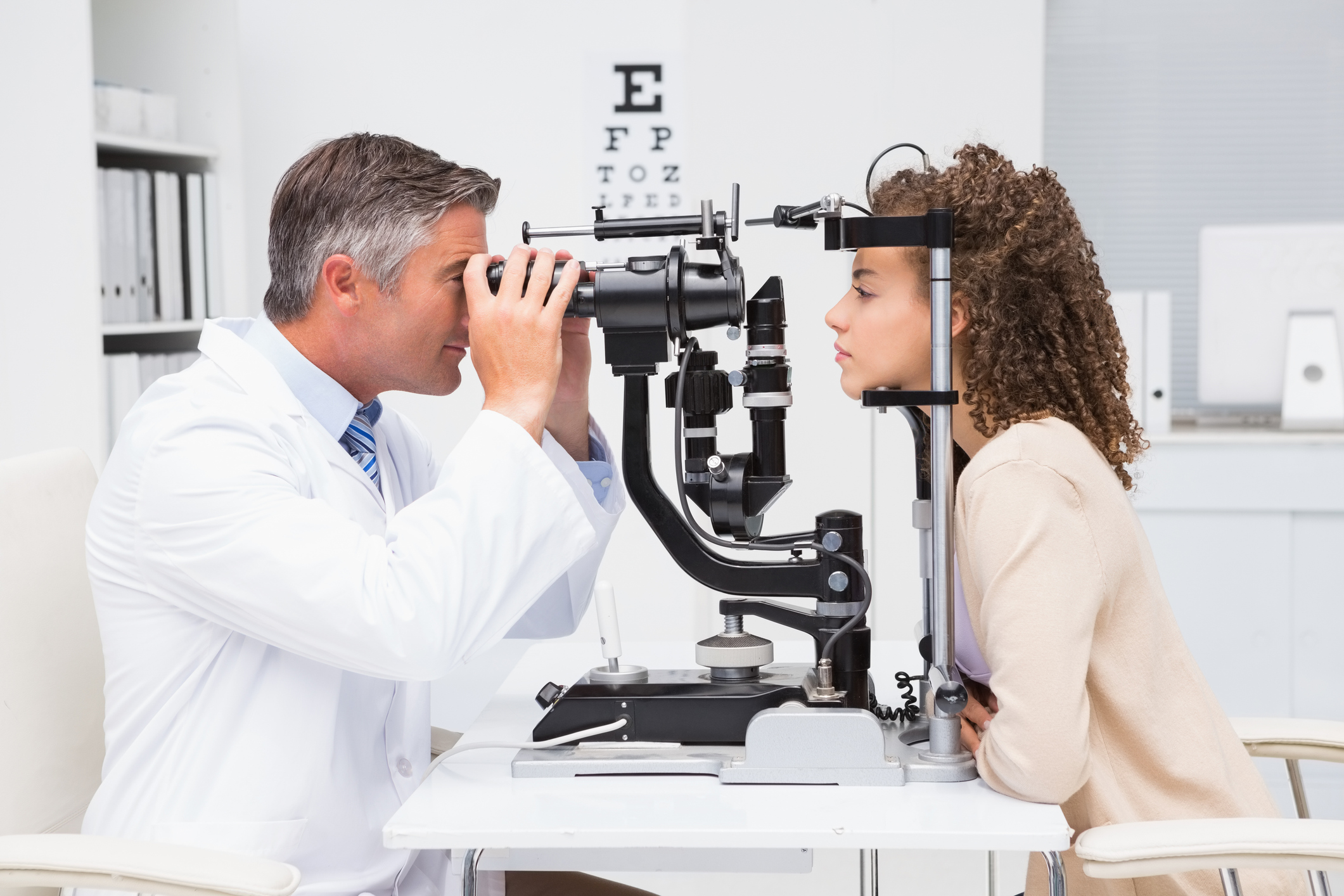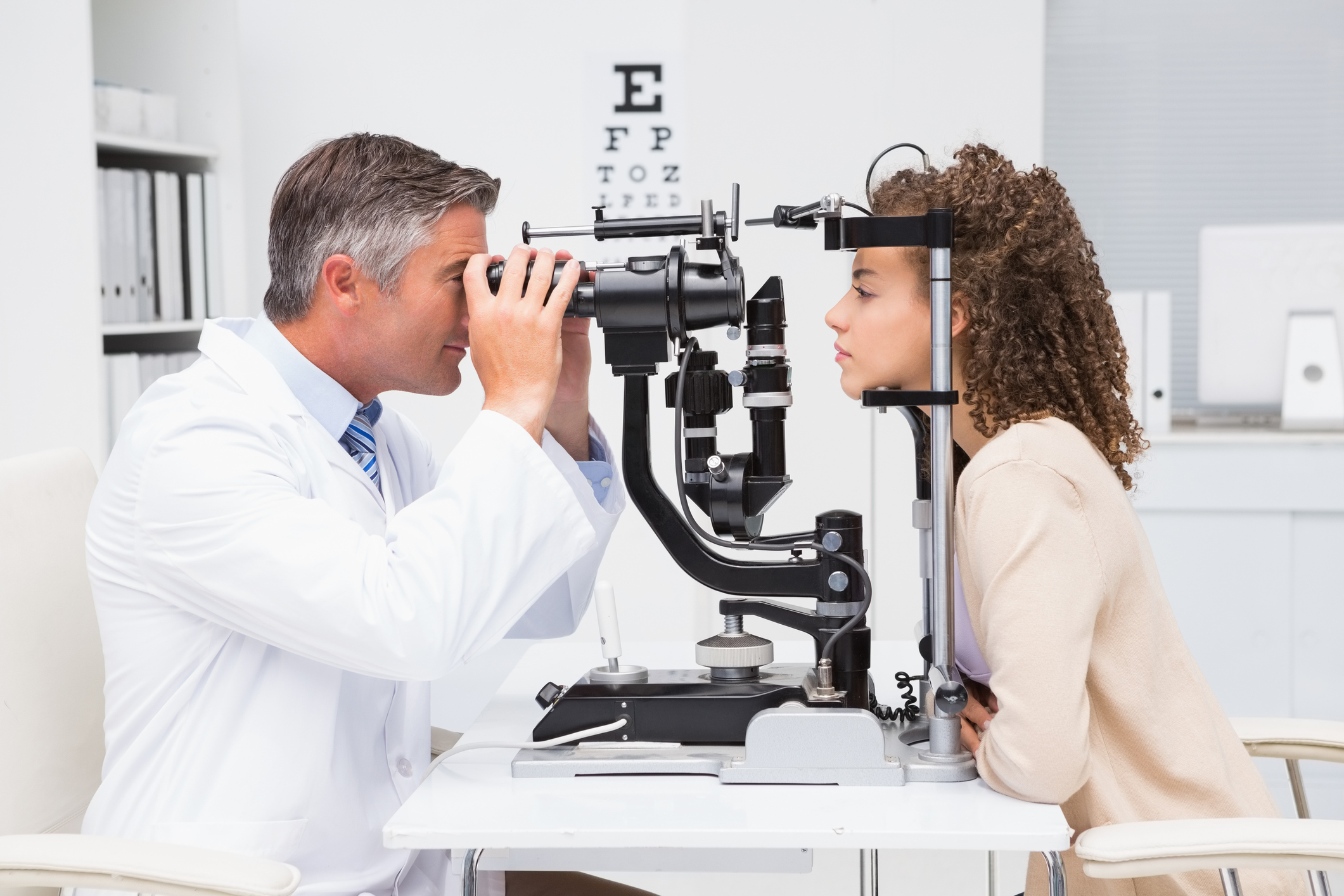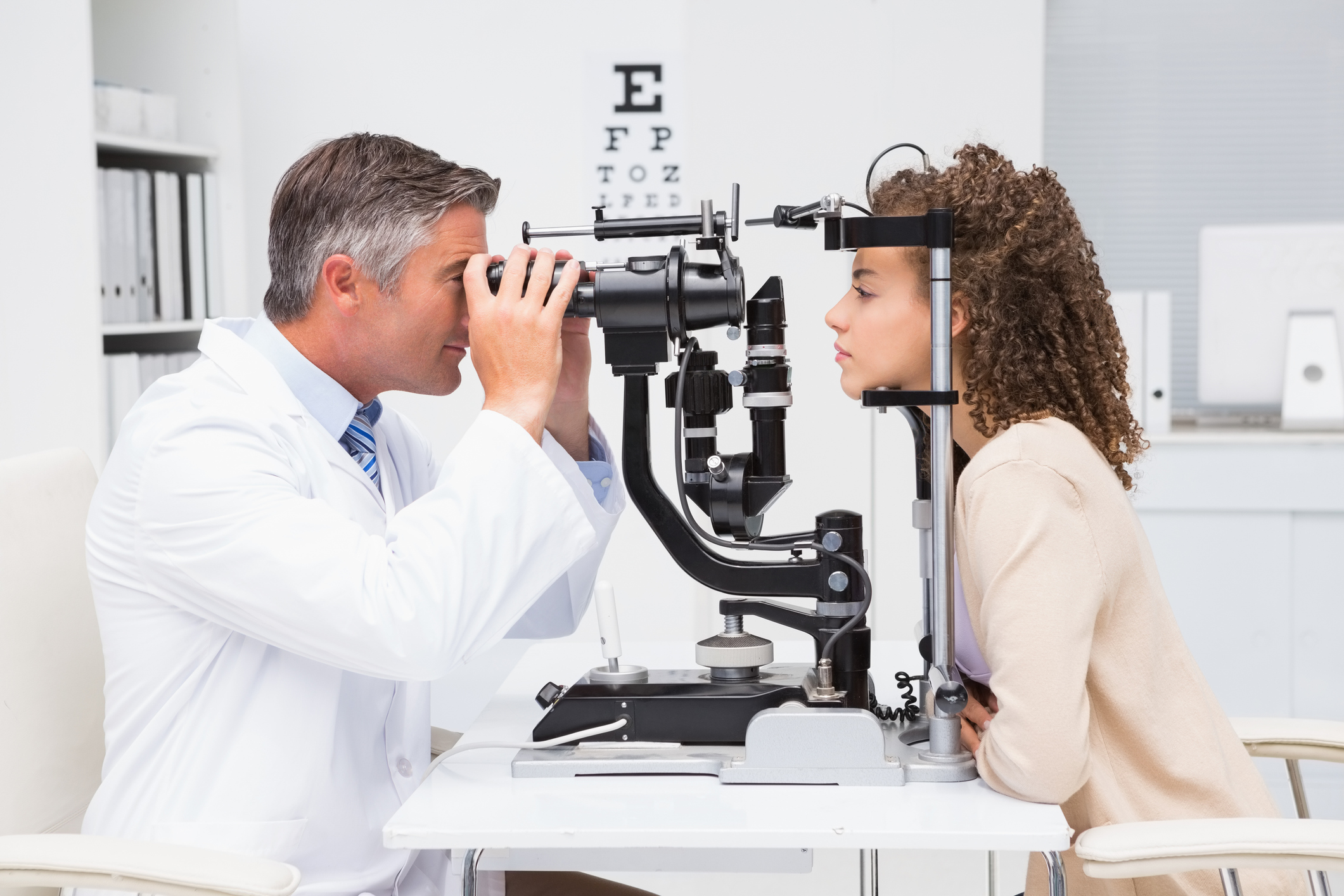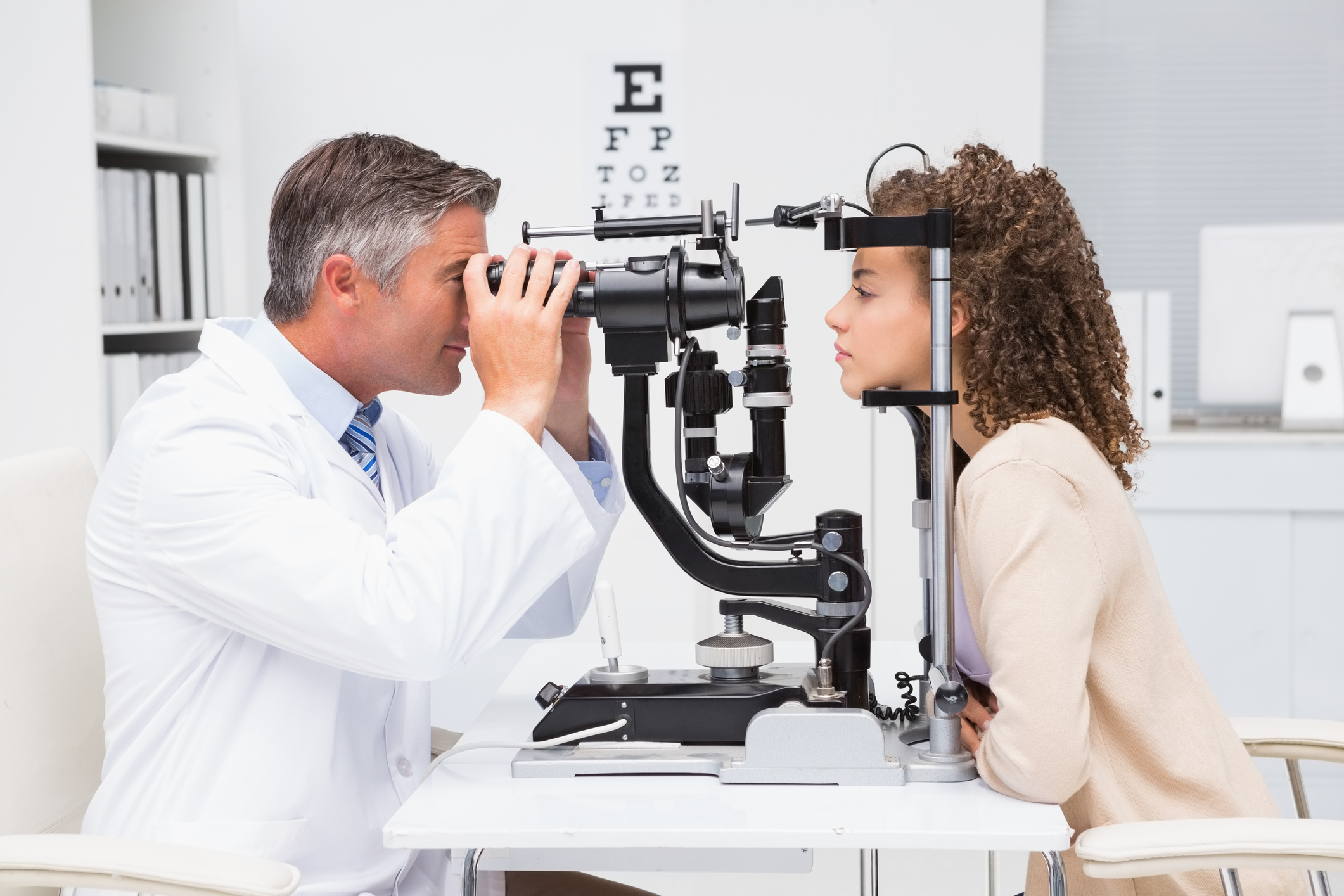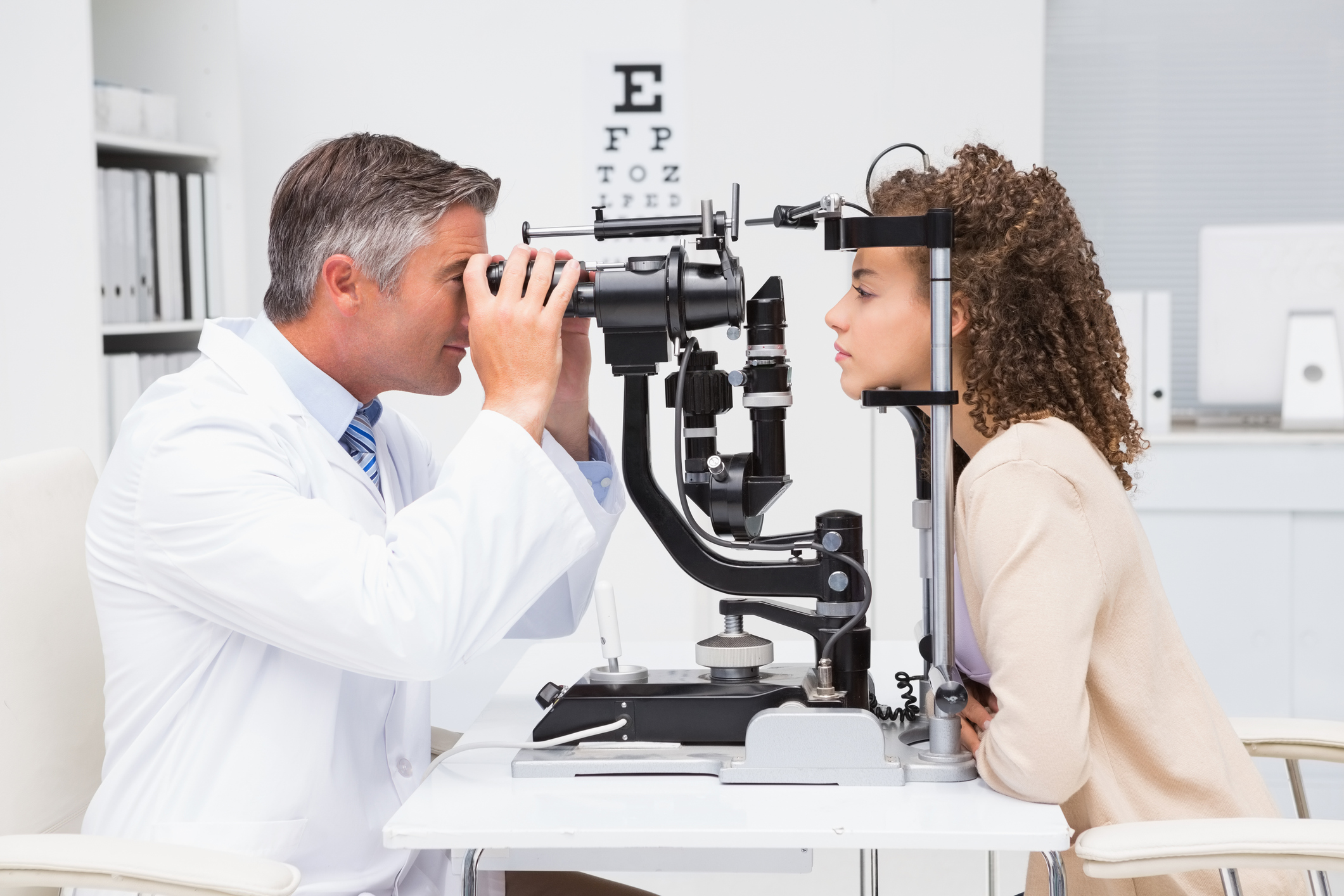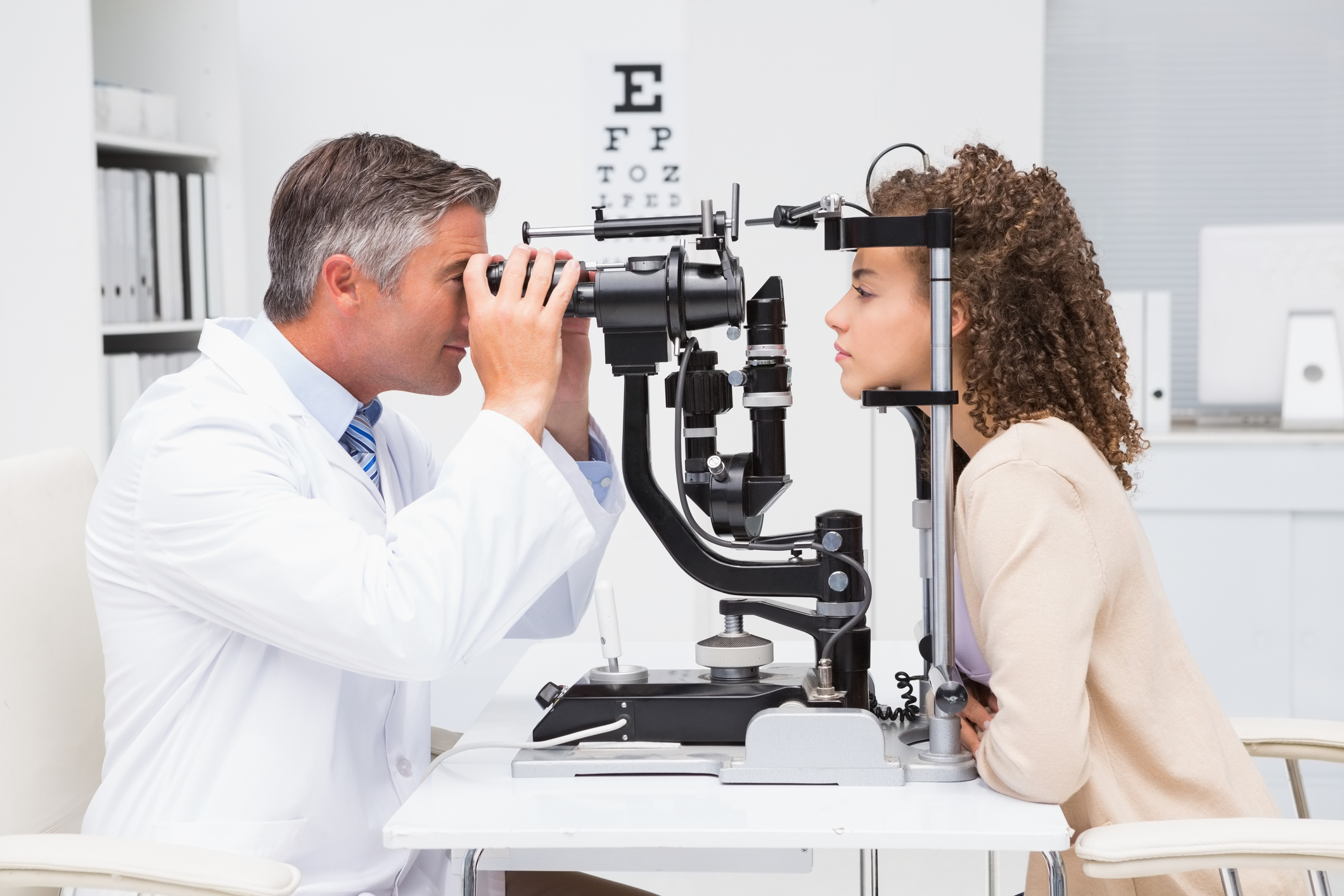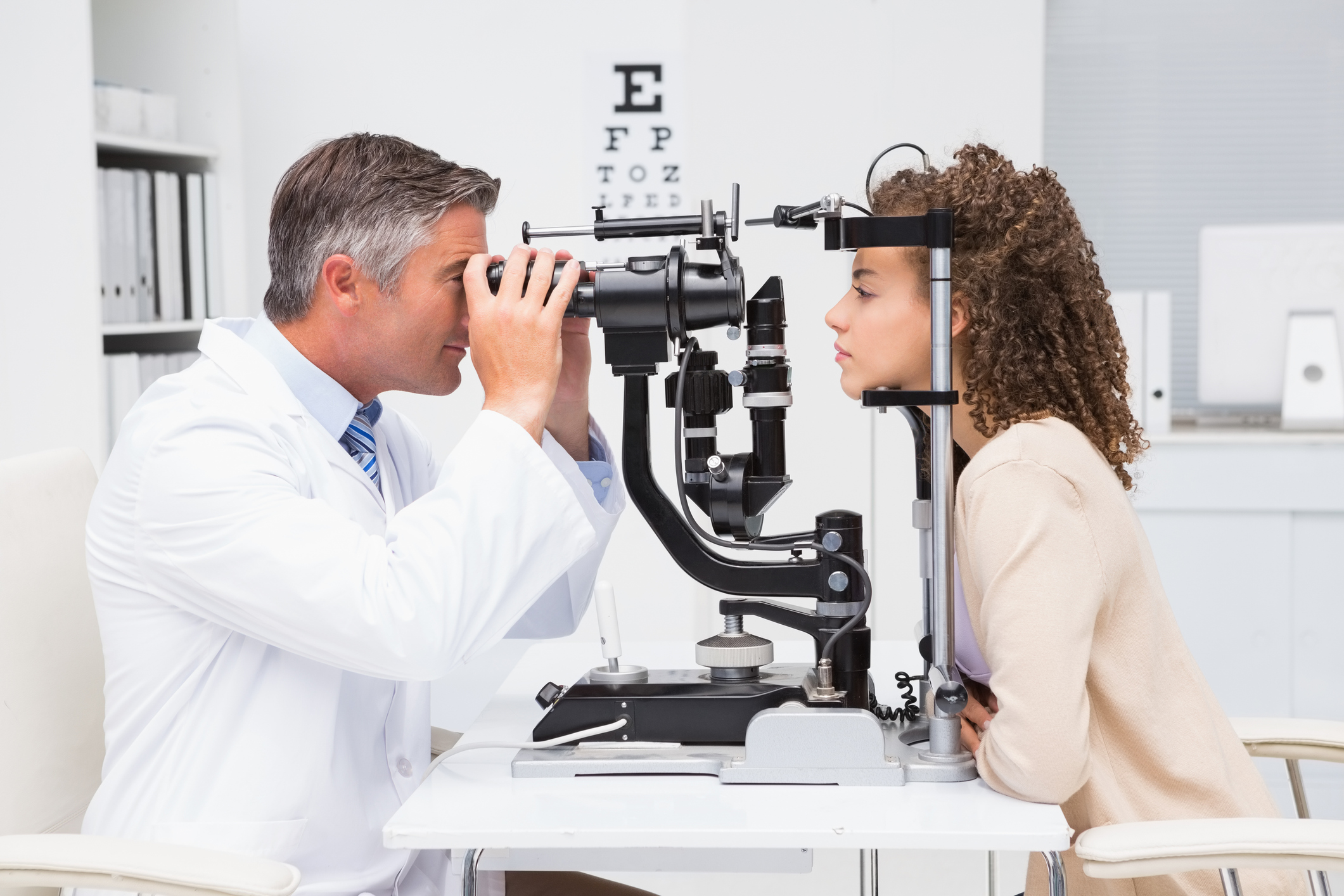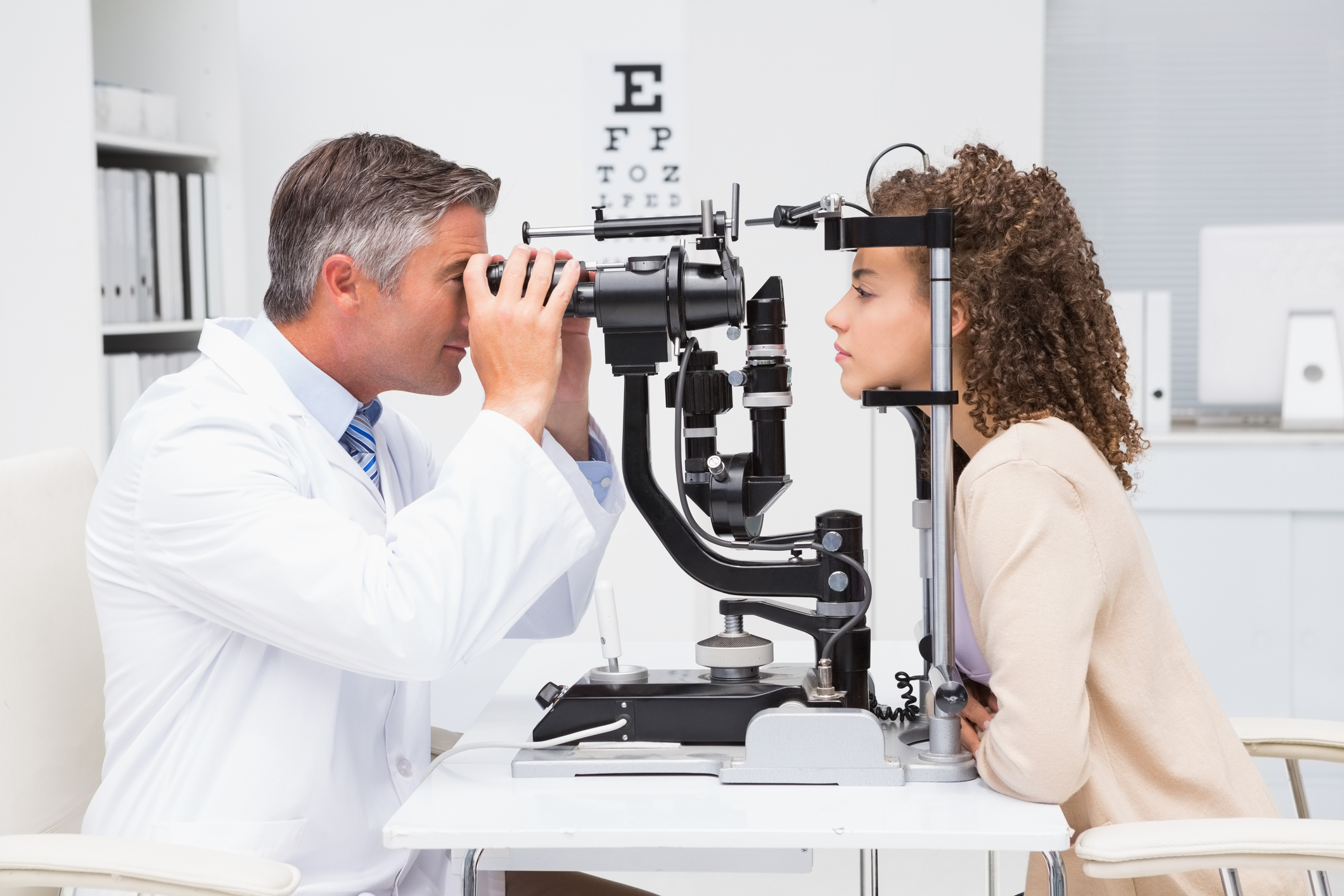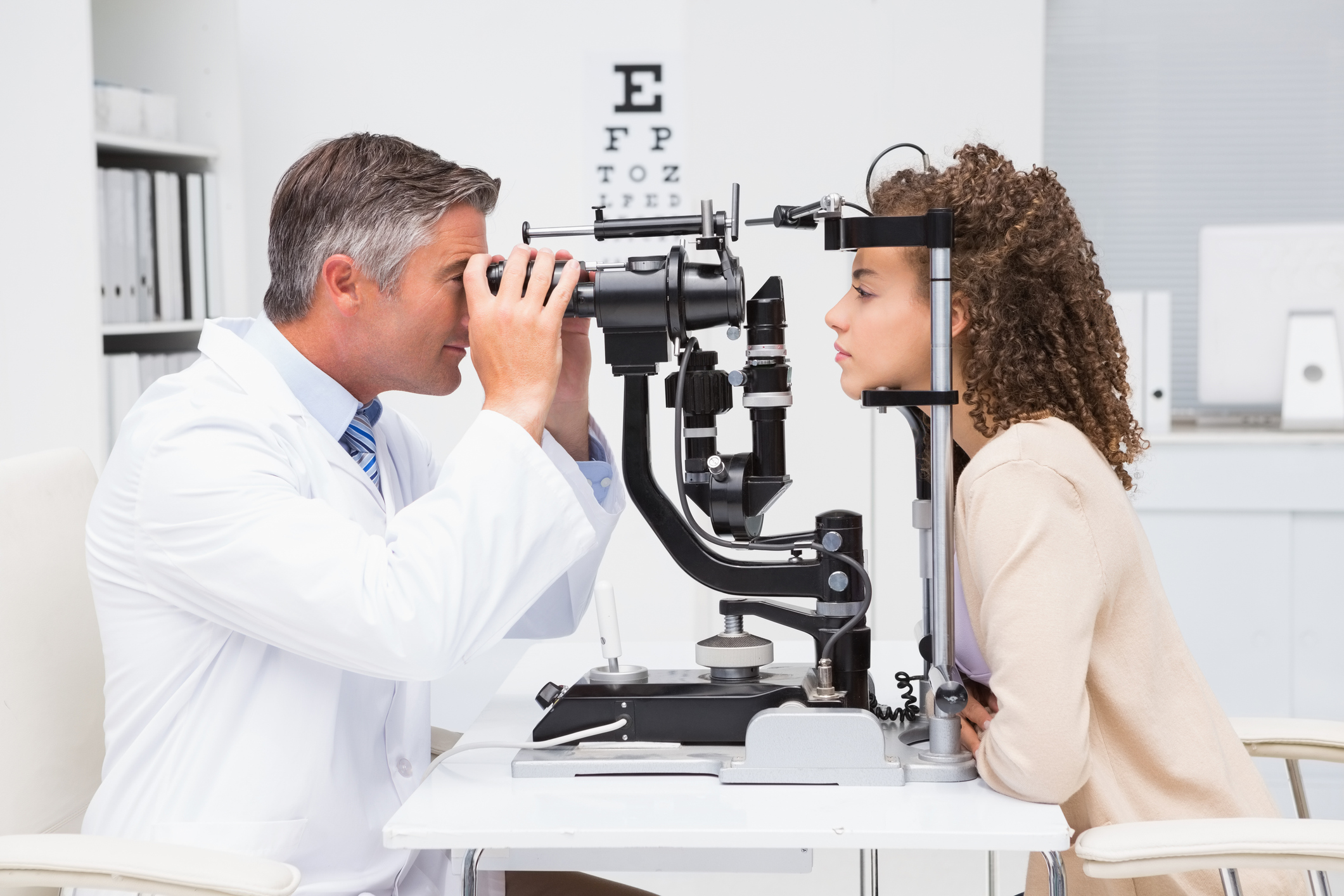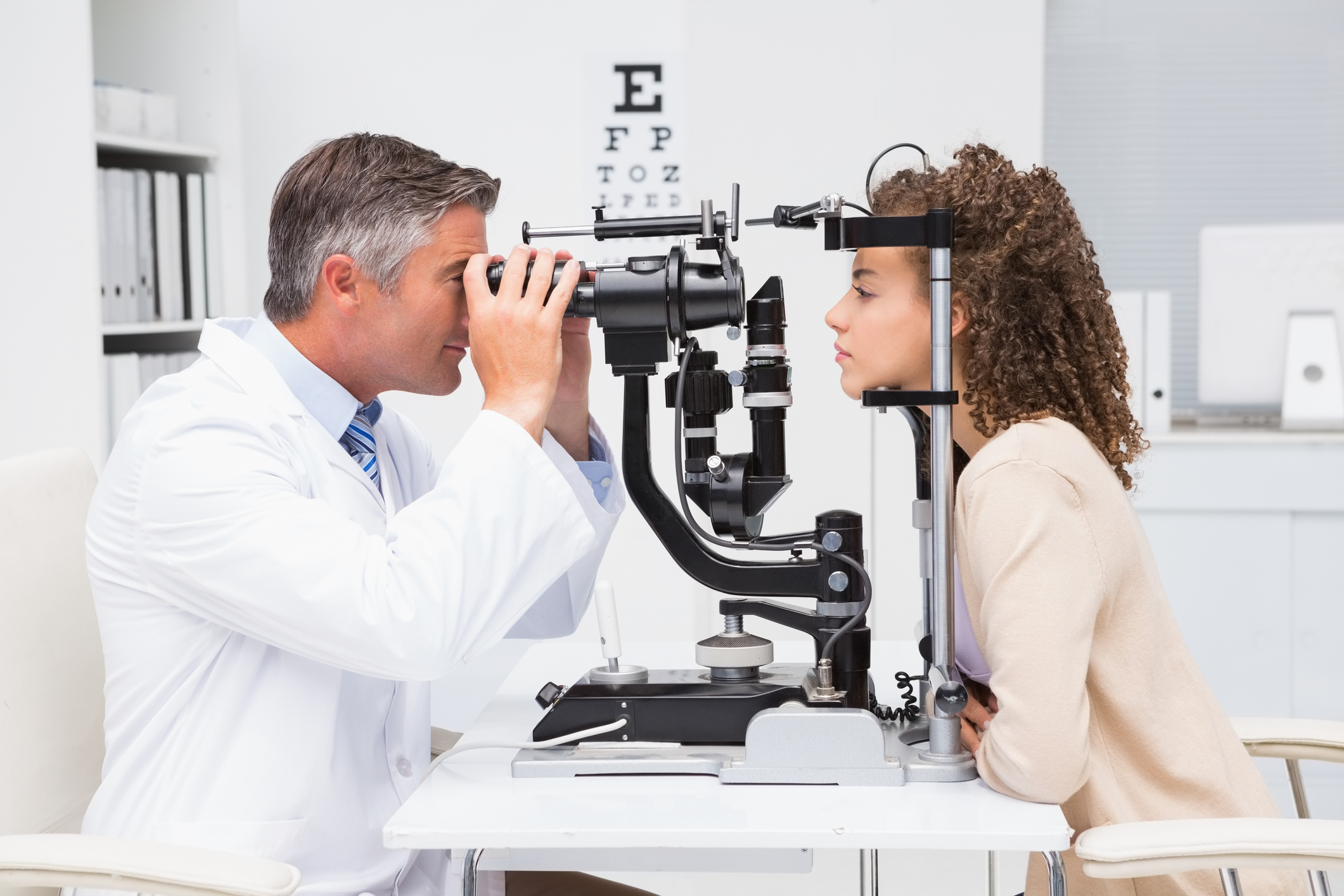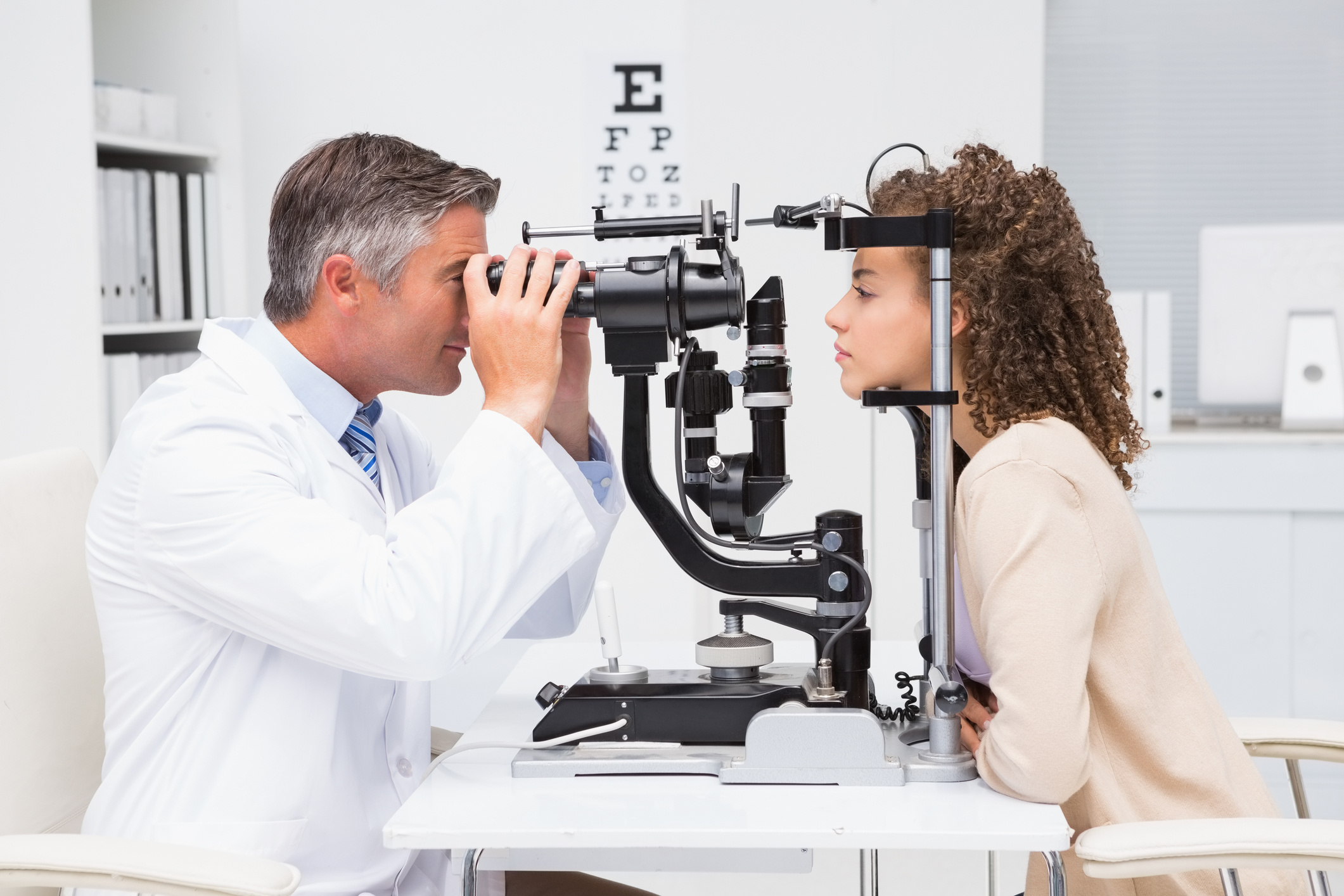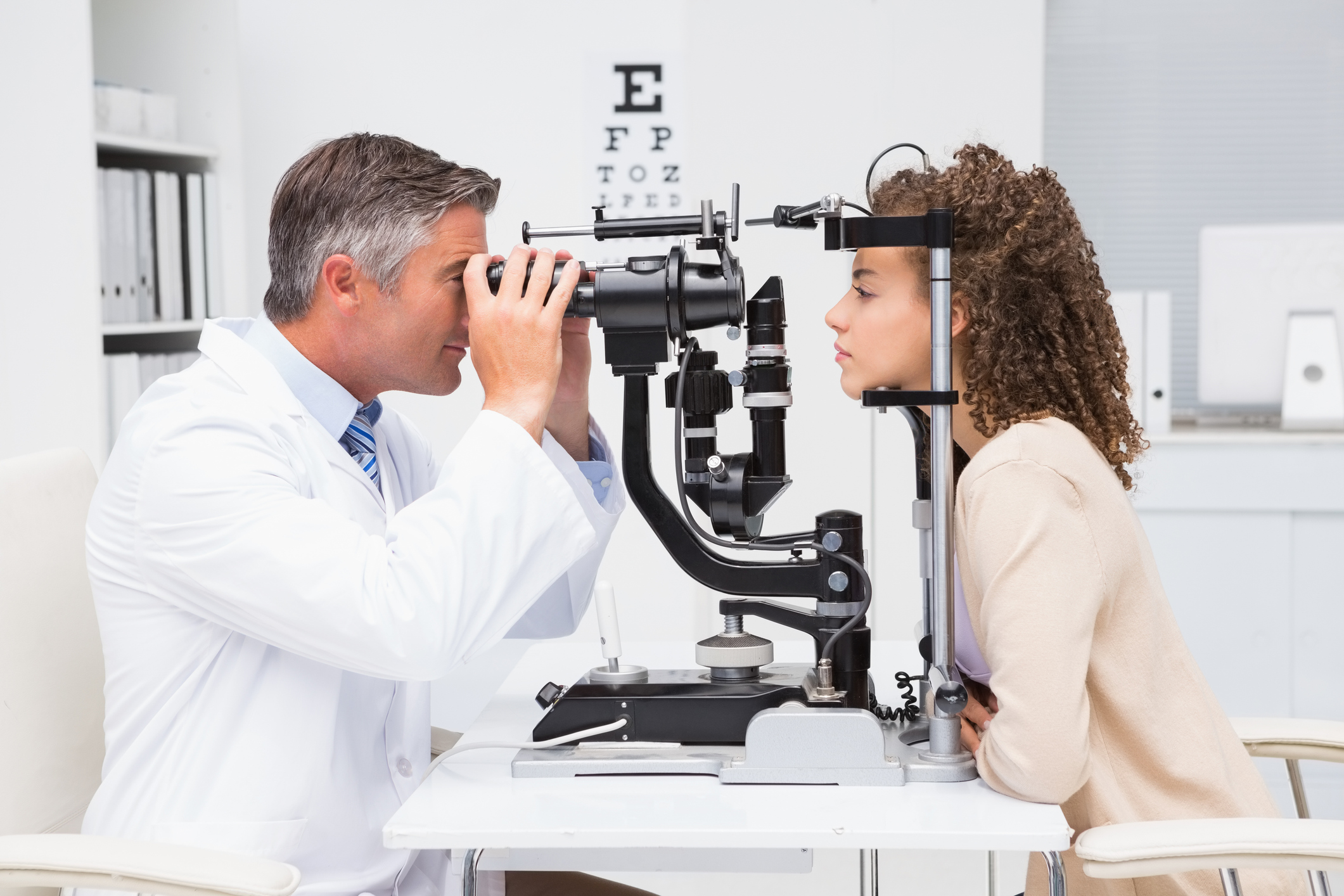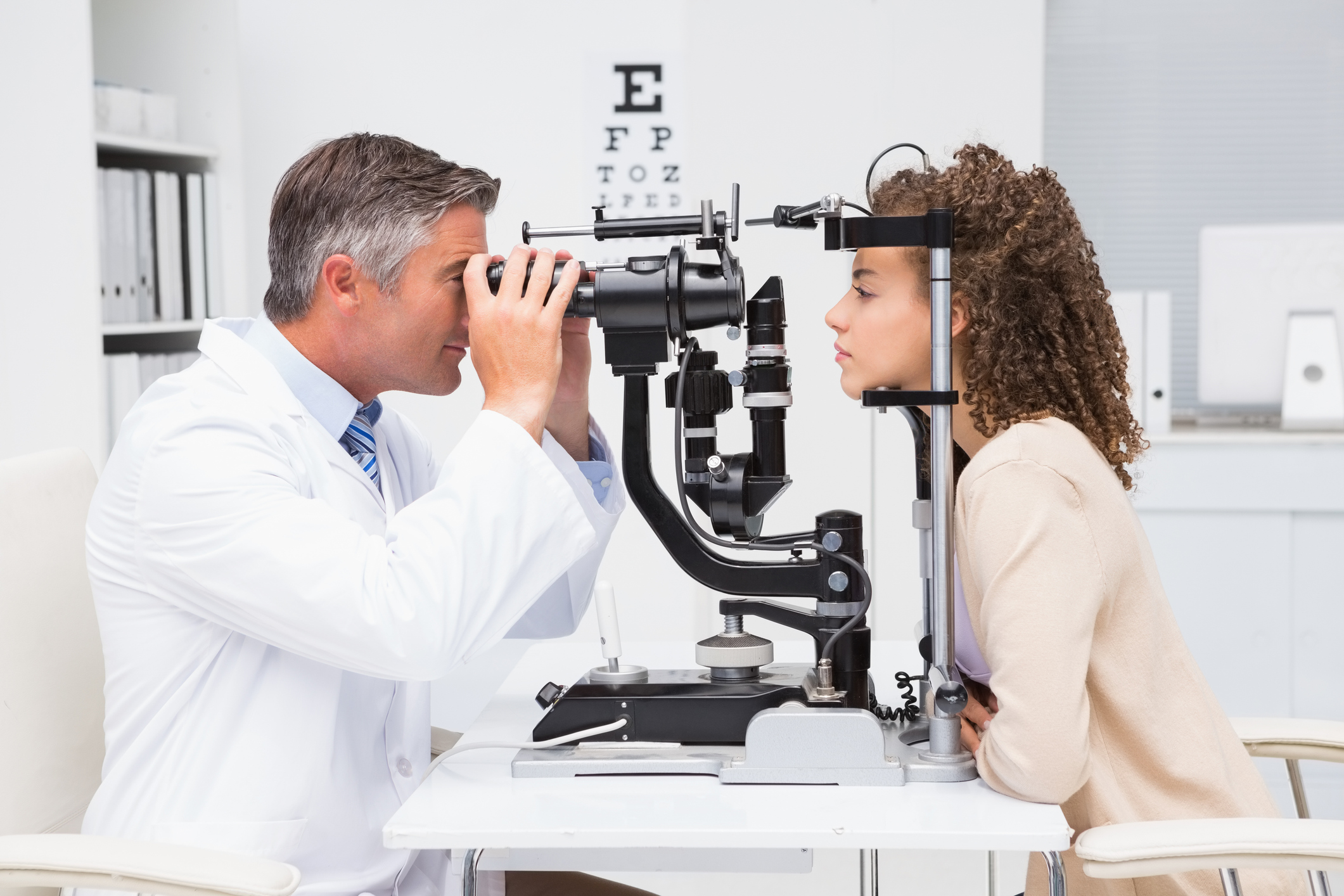Running a high street optician practice involves numerous risks that could potentially threaten your business operations and f…
Optician Public Liability Insurance: Protecting Your Practice from Customer Claims
Running an optician practice involves daily interactions with customers and the public, creating numerous opportunities for accidents and incidents that could result in costly liability claims. Public liability insurance is essential protection for opticians, covering third-party claims for injury or property damage that occur on your premises or as a result of your business activities.
What is Public Liability Insurance for Opticians?
Public liability insurance for opticians provides financial protection against claims made by members of the public who suffer injury or property damage while visiting your practice or as a result of your professional activities. This coverage is distinct from professional indemnity insurance, which covers clinical negligence claims, focusing instead on general liability risks that any business faces when dealing with customers and the public.
Key Coverage Areas
Your public liability insurance policy will typically cover:
Premises Liability
Claims arising from accidents that occur on your practice premises, including slip and fall incidents, injuries from defective equipment, or accidents in waiting areas. This coverage extends to all areas accessible to customers, from the reception area to examination rooms.
Product Liability
Protection against claims related to defective eyewear, contact lenses, or other optical products sold by your practice. This includes situations where faulty products cause injury or fail to meet safety standards.
Business Activity Liability
Coverage for incidents that occur during off-site activities such as home visits, school screenings, or community eye care events. This ensures you're protected wherever your professional duties take you.
Legal Defense Costs
Your insurer will handle legal representation and cover associated costs, including solicitor fees, court costs, and expert witness expenses, regardless of whether the claim is successful.
Common Public Liability Claims in Optician Practices
Understanding typical claim scenarios helps illustrate why this insurance is crucial:
Slip and Fall Accidents
Customers may slip on wet floors, trip over equipment, or fall due to poor lighting in your practice. These incidents are particularly common in busy practices or during adverse weather conditions.
Equipment-Related Injuries
Adjustable chairs, examination equipment, or display fixtures could malfunction and cause injury to customers. Even routine equipment use can lead to accidents if not properly maintained.
Eye Examination Injuries
While rare, accidents during eye examinations can occur, such as injuries from equipment contact or adverse reactions to eye drops used for routine testing.
Product Defects
Faulty spectacle frames that break and cause injury, contact lenses that cause adverse reactions due to manufacturing defects, or safety glasses that fail to provide adequate protection.
Waiting Area Incidents
Accidents in reception areas, including injuries from furniture, falling objects from displays, or incidents involving children in family-friendly practices.
Coverage Limits and Considerations
Most optician practices require public liability coverage of at least £2 million, though many insurers offer policies up to £6 million or more. Consider these factors when determining appropriate coverage levels:
Practice Size and Location
Larger practices with higher customer volumes face greater exposure to potential claims. High-street locations with heavy foot traffic may require higher coverage limits than suburban practices.
Services Offered
Practices offering additional services such as contact lens fitting, low vision aids, or specialized equipment may need enhanced coverage to reflect increased risk exposure.
Product Range
Extensive ranges of eyewear, contact lenses, and optical accessories increase product liability exposure, potentially requiring higher coverage limits.
Cost Factors
Several factors influence public liability insurance premiums for opticians:
Business Turnover
Higher turnover typically indicates greater customer interaction and potentially higher risk exposure, affecting premium calculations.
Claims History
Previous claims or incidents can impact future premiums, making effective risk management crucial for controlling insurance costs.
Location Risk
Practices in high-crime areas or locations with higher accident rates may face increased premiums due to elevated risk factors.
Security Measures
Robust security systems, CCTV coverage, and professional cleaning services can help reduce premiums by demonstrating commitment to risk management.
Risk Management Strategies
Proactive risk management helps prevent incidents and can reduce insurance costs:
Premises Safety
Regular safety inspections, prompt maintenance of equipment and fixtures, adequate lighting throughout the practice, and clear signage for potential hazards.
Staff Training
Comprehensive training on health and safety procedures, customer service protocols that prioritize safety, and regular updates on risk management best practices.
Equipment Maintenance
Regular servicing and calibration of all examination equipment, prompt replacement of worn or damaged items, and maintaining detailed maintenance records.
Customer Communication
Clear explanation of procedures and potential risks, obtaining informed consent for examinations and treatments, and maintaining professional boundaries during customer interactions.
Integration with Other Insurance Policies
Public liability insurance works alongside other essential covers for opticians:
Professional Indemnity Insurance
While public liability covers general accidents and injuries, professional indemnity insurance protects against claims of clinical negligence, misdiagnosis, or inadequate treatment.
Employers Liability Insurance
Mandatory coverage protecting against claims from employees who suffer injury or illness as a result of their work.
Commercial Property Insurance
Protection for your premises, equipment, and stock against fire, theft, and other perils.
Cyber Liability Insurance
Increasingly important coverage for practices handling sensitive customer data and using digital systems for appointments and records.
Regulatory Considerations
While public liability insurance isn't legally mandatory for opticians in the UK, it's strongly recommended by professional bodies and may be required by:
Landlords and Lease Agreements
Many commercial leases require tenants to maintain adequate public liability insurance as a condition of occupancy.
Professional Bodies
Organizations such as the Association of British Dispensing Opticians may recommend minimum coverage levels for members.
NHS Contracts
Practices providing NHS services may need to demonstrate adequate insurance coverage as part of their contractual obligations.
Claims Process
Understanding the claims process helps ensure smooth resolution of incidents:
Immediate Response
Document the incident thoroughly, including photographs, witness statements, and detailed written reports. Notify your insurer as soon as possible, even if you're unsure whether a claim will be made.
Investigation
Your insurer will investigate the circumstances, potentially involving loss adjusters, expert witnesses, or legal professionals to assess liability and damages.
Resolution
Claims may be resolved through negotiation, mediation, or court proceedings, with your insurer handling all aspects of the legal process.
Choosing the Right Policy
When selecting public liability insurance for your optician practice, consider:
Coverage Scope
Ensure the policy covers all aspects of your business activities, including any specialized services or off-site work you undertake.
Exclusions
Carefully review policy exclusions to understand what isn't covered, and consider additional coverage if necessary.
Insurer Reputation
Choose insurers with strong financial ratings and positive claims handling reputations within the healthcare sector.
Professional Advice
Work with insurance brokers who understand the optical industry and can tailor coverage to your specific needs and risk profile.
Future Considerations
The optical industry continues to evolve, bringing new risks and insurance considerations:
Technology Integration
Advanced diagnostic equipment and digital systems may introduce new liability risks requiring updated coverage.
Regulatory Changes
Evolving healthcare regulations may impact insurance requirements and coverage needs for optician practices.
Consumer Expectations
Increasing consumer awareness of rights and compensation may lead to more frequent or complex liability claims.
Conclusion
Public liability insurance is essential protection for optician practices, providing financial security against the various risks inherent in serving the public. While professional indemnity insurance protects against clinical negligence claims, public liability insurance covers the broader range of accidents and incidents that can occur in any customer-facing business.
Investing in comprehensive public liability coverage, combined with effective risk management practices, helps protect your practice's financial stability while ensuring you can continue providing essential eye care services to your community. Regular review of your coverage ensures it remains adequate as your practice grows and evolves.
The cost of public liability insurance is minimal compared to the potential financial impact of uninsured claims, making it a crucial investment in your practice's long-term success and sustainability.


 0330 127 2333
0330 127 2333
